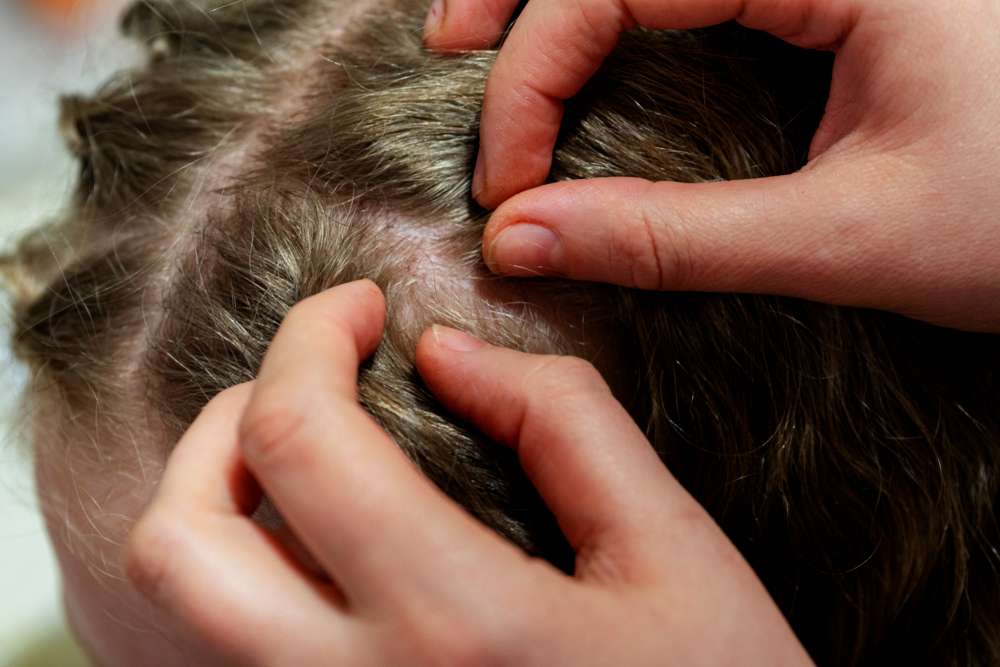Dandruff Treatment: Causes, Care, and Effective Approaches
Dandruff is a common scalp condition that causes white or yellow flakes and can affect comfort, appearance, and self-confidence. Understanding why flakes form and how scalp and skin interactions influence hair health helps you choose appropriate daily care, medicated options, and lifestyle adjustments without assuming a one-size-fits-all solution.

This article is for informational purposes only and should not be considered medical advice. Please consult a qualified healthcare professional for personalized guidance and treatment.
What causes dandruff on the scalp?
Dandruff often results from a combination of factors: an overgrowth of a yeast-like fungus (Malassezia) on the scalp, excessive skin oil (sebum), sensitivity to certain hair products, and irregular skin cell turnover. Environmental factors, stress, and seasonal changes can also trigger or worsen flakes. While dandruff affects the scalp most commonly, similar processes can happen on other oily areas of the skin. Identifying underlying triggers—such as a new hair product or increased stress—can help guide targeted treatment and reduce recurrence.
How do flakes relate to skin and scalp health?
Flakes are detached skin cells that accumulate when the scalp’s natural renewal process speeds up. Healthy skin balances moisture and cell turnover; disruptions lead to visible shedding. Conditions such as seborrheic dermatitis, psoriasis, and eczema can produce flaking that resembles dandruff but may need different care. Observing accompanying signs—redness, itching, greasy patches, or well-demarcated plaques—helps distinguish simple dandruff from other skin conditions that require dermatological evaluation and possibly prescription treatments.
Daily hair care to reduce dandruff and flakes
Regular, gentle cleansing helps control excess oil and debris that feed scalp microbes. Use a mild shampoo suited to your hair type and rinse thoroughly; avoid harsh scrubbing that irritates the skin. Limiting heavy styling products and rinsing sweat after exercise can reduce buildup. Brushing hair gently can disperse oils and remove loose flakes. For many people, alternating a regular shampoo with a dandruff-targeted formula several times weekly balances control and scalp tolerance. Consistent routines—rather than intermittent or overly aggressive washing—tend to yield better long-term results.
Medicated shampoos for dandruff and scalp control
Medicated shampoos contain active ingredients that address specific causes of flakes: antifungals (ketoconazole), keratolytics (salicylic acid), tar-based agents, zinc pyrithione (antimicrobial and anti-inflammatory), and selenium sulfide. Instructions vary by product—some are used daily, others weekly—so follow label guidance. Rotate or switch ingredients if a formula loses effectiveness, and watch for irritation. For persistent or severe scalp symptoms, a healthcare provider can recommend prescription-strength shampoos or topical agents. Avoid overuse of medicated products, as they can dry or sensitize the skin.
Home remedies and skin-friendly approaches
Simple home measures can complement medicated options: maintaining a balanced diet, managing stress, and using gentle conditioners to prevent dryness. Tea tree oil, when diluted in properly formulated products, has documented antifungal properties for some people, though irritation is possible. Coconut oil may help moisturize dry skin but can increase oiliness for others. Avoiding harsh chemical treatments and minimizing heat styling can reduce scalp irritation. Patch-test any new topical remedy on a small area of skin to check for sensitivity before broader application.
When to see a clinician about hair or scalp issues
See a healthcare professional if flakes persist despite over-the-counter care, if you experience significant redness, swelling, hair loss, painful scaling, or if the condition spreads to other skin areas. A clinician can distinguish dandruff from other dermatological conditions, recommend prescription treatments (topical corticosteroids, antifungal creams, or systemic therapy), and investigate underlying contributors such as hormonal imbalances or immune-related skin disorders. Early assessment is particularly important for infants, older adults, and people with compromised skin barrier function.
Conclusion
Dandruff and scalp flaking are manageable with a combination of correct diagnosis, consistent hair care, targeted medicated shampoos when needed, and supportive lifestyle measures. Because individual skin types, sensitivities, and underlying conditions vary, tailoring treatment and seeking professional advice for persistent or severe cases helps protect both scalp skin and hair health.




